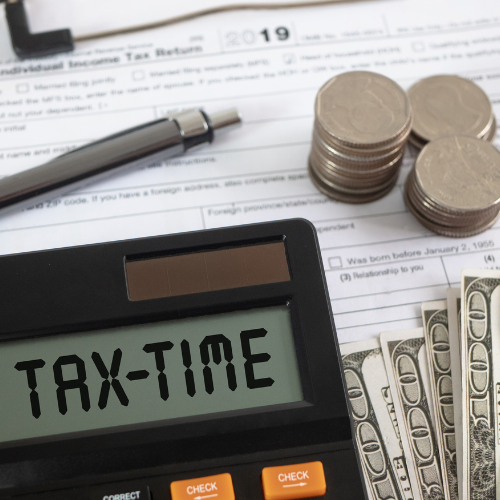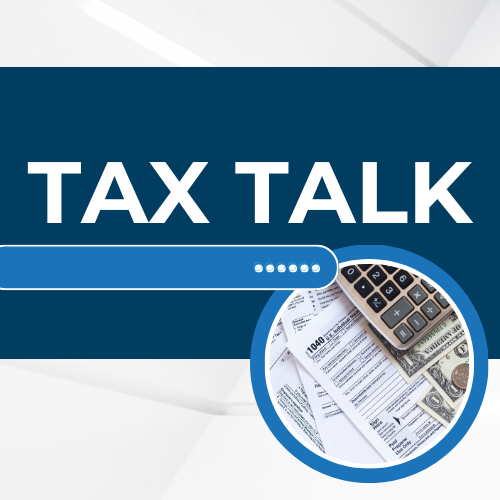How to Estimate Quarterly Taxes for Small Businesses
If you are a small business owner, you may need to pay quarterly estimated taxes.

Estimated quarterly taxes are payments made by self-employed individuals, small business owners, and other individuals who expect to owe a certain amount in taxes from their income. These quarterly taxes are typically made to cover both self-employment taxes (Social Security and Medicare) and income tax on the profits of the business and any other income.
Here are some steps to estimate your quarterly taxes:
Estimate your total income for the year: The best way to calculate your quarterly taxes is by using an estimate of your total expected income for the year. If you expect to earn the same amount of income as the previous year, you can use the previous year's figures as a starting point
Determine your tax liability: Once you have estimated your total income, you need to determine your tax liability. You can use the worksheet in Form 1040-ES to figure your estimated tax. This worksheet takes you through the calculation and helps you determine your taxable income and payments
Divide your estimated tax liability by four: Once you have an estimate for the taxes you'll owe for the year, divide that number by four and submit your quarterly payments by their due dates. If you have significant changes in income or expenses during the year, that may impact the quarterly taxes you need to pay
Keep accurate records: Throughout each quarter, maintain a file, electronically and via paper, and keep a record of your profits, losses, expenses, etc. Set aside money regularly to ensure you have enough to cover the amount you owe6
Mark your calendars: Payments are split based on quarters, January-March, April-June, July-September, and October-December. Mark your calendars to ensure you don't miss any due dates
By following these steps, you can estimate your quarterly taxes and avoid any penalties for underpayment. If you have any questions or concerns, it's always a good idea to consult a tax advisor.
Quick Links
Contact Information
Business Hours
- Mon - Fri
- -
- Sat - Sun
- Closed















